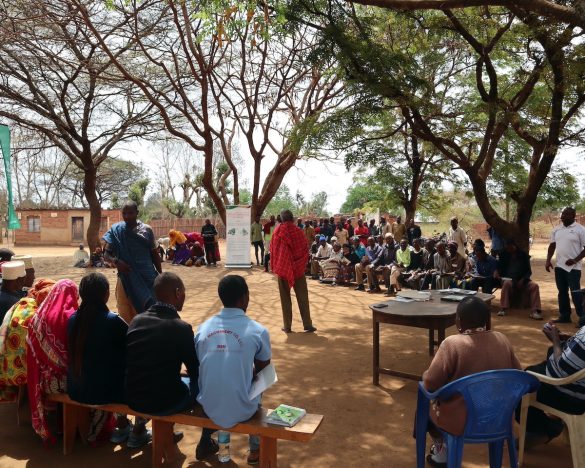Selecting a geographic focus for the project
OnJanuary 16, 2012
8 Comments
To focus project activities, we want to identify a small number of representative research locations that capture this gradient of intensification. Whilst many GIS layers of information are available that can be superimposed to guide site selection, a few key dimensions need to be identified. These will be used in a “live GIS” process during the workshop to finalise site selection.
Comment on these questions:
- What would you consider the key determinants of intensification that could be mapped to give a gradient of sites at different levels?
- Do you have information on where these data may be sourced?





Latest Comments